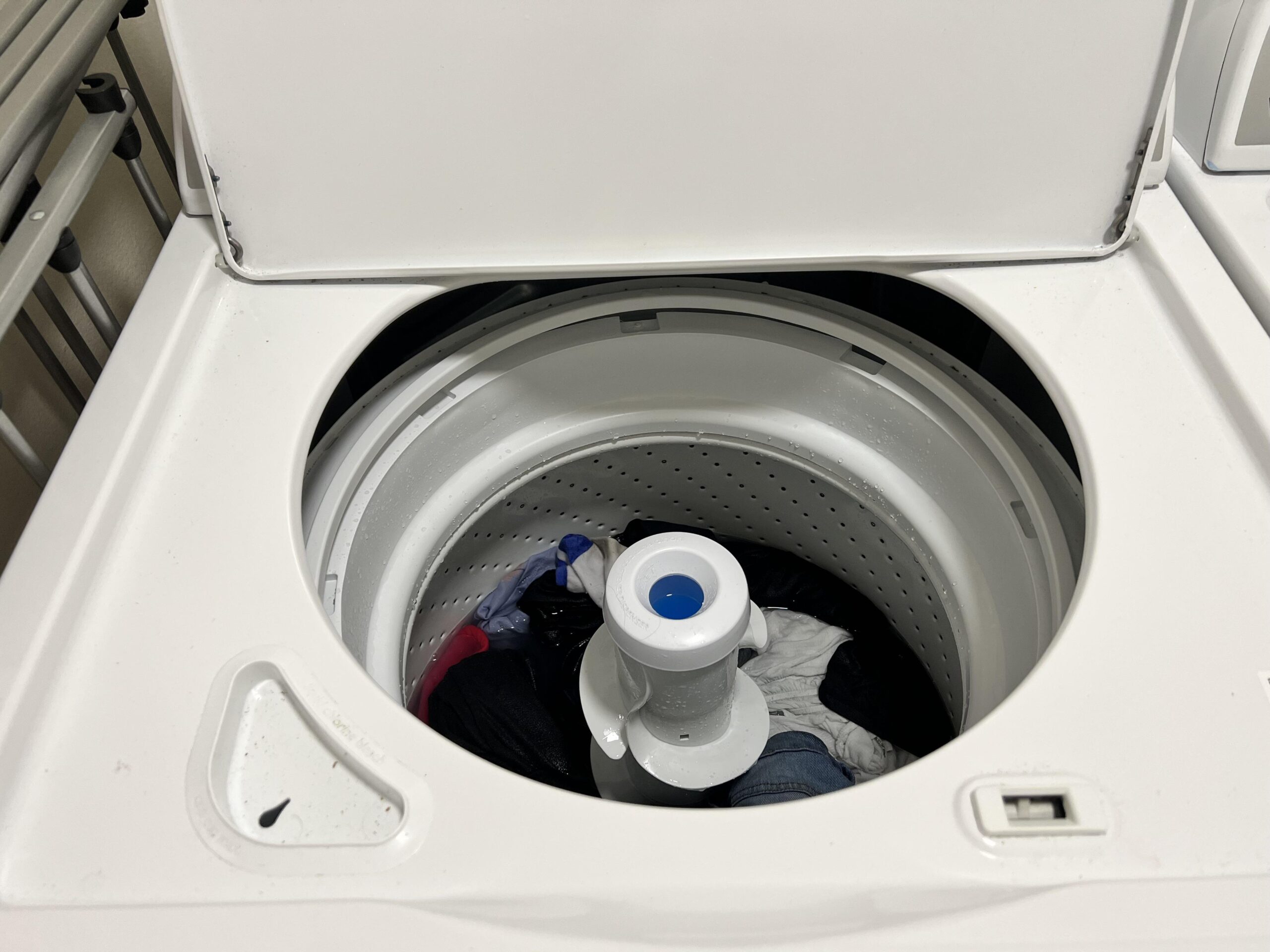Introduction
My washing machine drum loose issues can cause excessive noise, inefficient washing, and potential damage to the appliance. Addressing this problem early can prevent costly repairs. Common causes include worn bearings, loose bolts, or an unbalanced load, all of which should be inspected and fixed to keep your machine running smoothly.

Common Causes of a Loose Washing Machine Drum
1. Overloading the Machine
- Description: Overloading your washing machine can strain internal components, causing the drum to loosen over time.
- Signs:
- Clothes are not cleaned evenly.
- The machine vibrates excessively.

2. Broken Shock Absorbers
- Description: Shock absorbers dampen the vibrations during a spin cycle. If they are damaged, the drum can become loose.
- Signs:
- Loud banging noises during spin cycles.
- The drum moves excessively when pushed.
3. Damaged Bearings
- Description: Bearings support the drum and allow smooth rotation. Worn or damaged bearings can make the drum unstable.
- Signs:
- Grinding or screeching noises.
- Water leakage near the drum.
4. Loose or Worn Drive Pulley
- Description: The drive pulley rotates the drum. A loose or worn pulley can cause instability.
- Signs:
- Inconsistent drum movement.
- Rattling sounds during operation.
5. Faulty Suspension Springs
- Description: Suspension springs hold the drum in place and absorb shocks. Broken springs can make the drum loose.
- Signs:
- The drum tilts or sags.
- Increased vibration and noise.
How to Fix a Loose Washing Machine Drum

1. Inspect and Fix Shock Absorbers
- Steps:
- Unplug the machine for safety.
- Remove the back panel.
- Locate and inspect the shock absorbers.
- Replace damaged shock absorbers with compatible parts.
- Tip: Always replace both shock absorbers for balanced performance.
2. Check and Replace Bearings
- Steps:
- Unplug the machine and remove the drum assembly.
- Inspect the bearings for wear or damage.
- Replace with manufacturer-approved bearings.
- Reassemble the machine carefully.
- Tip: Consider hiring a professional for bearing replacement.
3. Tighten or Replace the Drive Pulley
- Steps:
- Remove the back panel to access the drive pulley.
- Check for looseness or wear.
- Tighten the pulley bolts or replace the pulley if necessary.
- Tip: Use a torque wrench for precise tightening.
4. Repair or Replace Suspension Springs
- Steps:
- Access the suspension springs through the top or rear panel.
- Inspect for breaks or loss of tension.
- Replace faulty springs with compatible parts.
- Tip: Handle springs carefully as they may be under tension.
5. Balance the Load
- Steps:
- Avoid overloading the machine.
- Distribute clothes evenly before starting a cycle.
- Use the correct cycle settings for your load size.
- Tip: Refer to your washing machine manual for load capacity guidelines.
Preventing a Loose Drum in the Future
1. Avoid Overloading
- Follow the manufacturer’s guidelines for load capacity.
- Wash bulky items separately.
2. Regular Maintenance
- Inspect shock absorbers, bearings, and springs annually.
- Clean the drum and other components to prevent debris buildup.
3. Use the Correct Detergent
- Use high-efficiency (HE) detergent to minimize residue.
- Avoid using excessive detergent, as it can damage internal parts.
4. Install the Machine Properly
- Ensure the machine is level to reduce vibrations.
- Place it on a stable surface to prevent excessive movement.
FAQs
1. Why is my washing machine drum loose and banging?
The banging noise may be due to worn shock absorbers, broken suspension springs, or overloaded cycles. Inspect these components and address the issue promptly.
2. How do I fix a loose drum in a Whirlpool washing machine?
Check for damaged bearings, suspension springs, or a loose drive pulley. Replace any faulty parts with Whirlpool-compatible replacements.
3. Is it safe to use a washing machine with a loose drum?
Using a washing machine with a loose drum can cause further damage and may lead to costly repairs. It’s best to fix the issue immediately.
Conclusion
A loose washing machine drum can disrupt your laundry routine and lead to further appliance damage if left unaddressed. By identifying the cause and following the repair steps outlined in this guide, you can restore your machine’s functionality and extend its lifespan. Regular maintenance and proper usage are key to preventing future issues and enjoying hassle-free laundry days.

